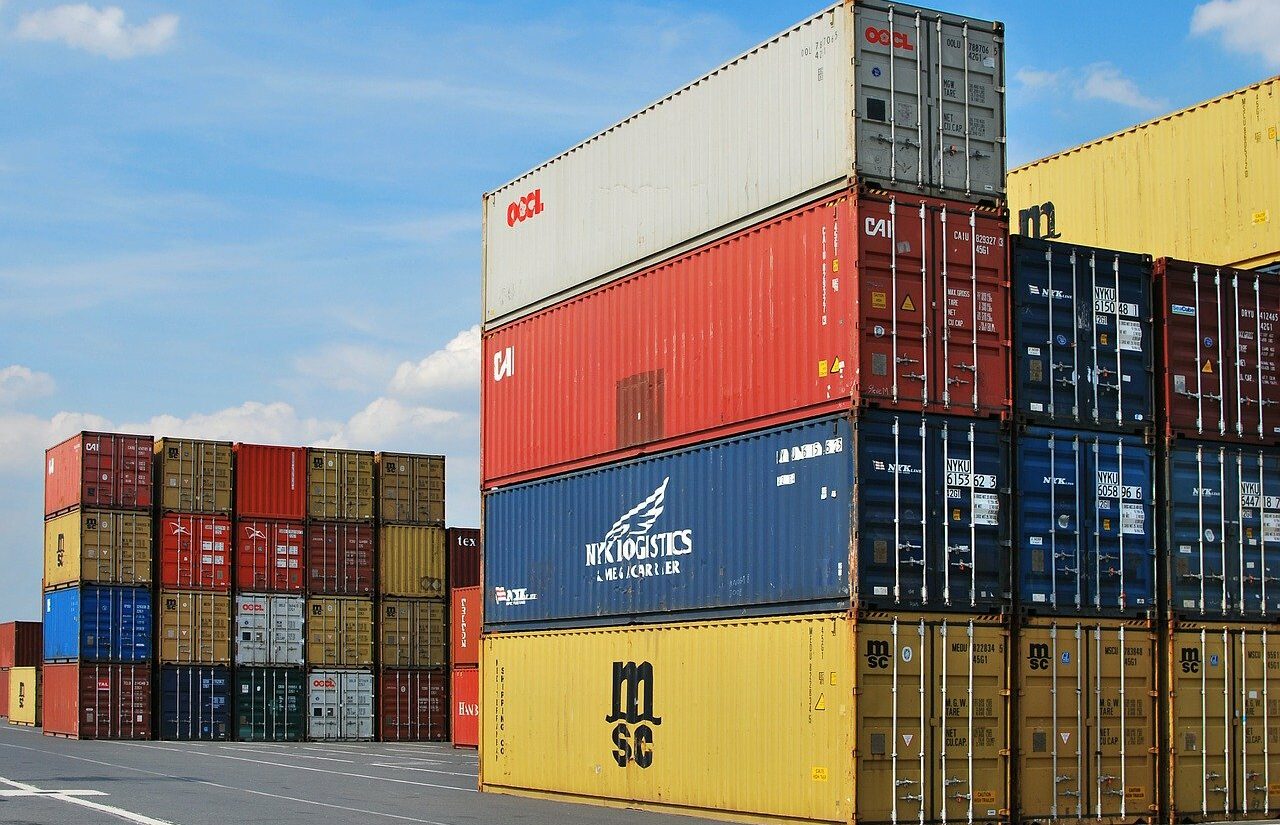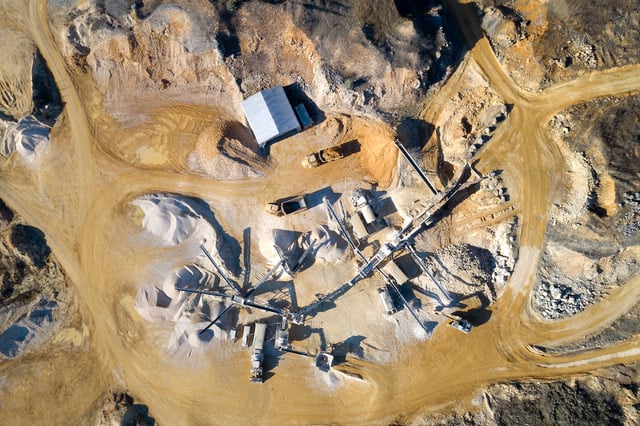
Unpacking an empty box?
In the final days of 2020, the European Union and China reached a political agreement on the Comprehensive Agreement on Investment (CAI). Friends and foes alike were taken by surprise by the sudden rush to conclude the agreement, after seven years of negotiations and amidst growing concerns about human rights violations in Xinjiang and political oppression in Hong Kong. The recent tit-for-tat sanctions between the EU and China have cast a shadow over the deal’s future and frozen talks for the time being. But if the agreement reaches the finish line, what is at stake?
Can the EU remain true to its values while engaging in trade and investment with China?
On 23 June, SOMO and Handel Anders! unpacked the CAI in a webinar with a diverse panel of experts. What kind of concessions in terms of market access have been made? How are worker rights protected? What are the consequences for the relations between the EU, China, the US, and others? And, echoing economist Dani Rodrik(opens in new window) : can the EU remain true to its democratic values while engaging in trade and investment with China?
Competition and protection, not market access
While the European Commission boasts a greater level of market access for EU investors in China than ever before, an in-depth analysis by Amélie Canonne and colleagues shows that the CAI merely formalises access to sectors that China has already committed to in the past five years. Rather, the agreement aims to increase the protection and competitiveness of European vis-a-vis Chinese (state-owned) companies, in the context of increasing investments from China in the EU and declining investments from the EU in China. It claims to pursue a more level playing field by restricting advantages granted to state-owned companies and forced technology transfers, but lacks enforcement mechanisms. The lack of obvious benefits for Chinese investors leaves us wondering: what is the Chinese motivation for the CAI? And are the weak additions really worth it, in light of the strong human rights and geopolitical implications?
Unambitious environment and labour provisions
If the CAI does not yield substantial benefits in market access or competition, does it secure commitments from China on sustainability and labour? Joe Zhang (International Institute for Sustainable Development) zoomed in on the CAI’s section(opens in new window) on investment and sustainable development. Compared to existing trade agreements (note that the CAI is an investment agreement) and domestic efforts to combat climate change and promote sustainable investment, the environment chapter is quite disappointing for both the EU and China. The self-imposed obligations are general and broad and the language – “strive to” – signals a weak commitment.
Notably, China made some commitments on the ILO conventions: to effectively implement all ratified conventions; to work towards the ratification of the remaining fundamental conventions; and to make continued and sustained efforts to ratify the conventions on forced labour. But these do not include, for example, the conventions on independent trade unions and the right of collective bargaining. Moreover, little is to be expected from the commitments on forced labour: a Panel of Experts recently concluded(opens in new window) in a labour dispute filed under the EU-Korea trade agreement that the effort is sufficient, regardless of the result.
A sidelined European Parliament
Precisely the signals of such forced labour and other abuses in Xinjiang made the timing of the agreement questionable. Samira Rafaela, Member of the European Parliament for Renew Europe, recalled how she was as surprised as everyone else: in the months leading up to the agreement, the European Commission assured the Parliament that it was not close to agreeing on the text. She warned: “We risk letting go of the momentum in our engagement with China, especially regarding human rights, with concluding the CAI”. For her, to start up talks on ratification, China should first and foremost lift the sections on European entities and parliamentarians, including the subcommittee of Human Rights, of which she is a member. Second, the EU trade toolbox should be expanded with effective and mandatory due diligence legislation, an anti-coercion instrument and an instrument to ban products produced with forced labour from the European market. A possible third step is developing a roadmap for the ratification and implementation of the ILO convention.
This means that ratification of the deal is still a long way off, if it will happen at all. “If [the ratification of the CAI] would be on the agenda and come to a vote this year, I would not vote in favour of the agreement”. Crucially, the European Parliament should be able to monitor and evaluate negotiations, to formulate criteria for trade and investment agreements and to amend agreements. And the EU has to ask itself: if the CAI is ratified, what kind of signal are we sending to the world?
Coming to Europe: state-owned enterprises
With our second panel, we turned our eye to China. The European Commission asserts that the CAI lays down “very clear rules”(opens in new window) on Chinese state-owned enterprises (SOEs). But disentangling state-owned from private and determining what is state support and what is too much state support, is no easy feat, as Imogen Liu (Maastricht University) explained . SOEs account for approximately 30 percent of China’s gross domestic product and are a massive engine of economic growth. Not all SOEs are created equal: there are sovereign wealth funds (SWF), central-level and local-level SOEs, and SOEs where the government has a stake, but which are run like private firms. And while SOEs are encouraged to be market driven, they are at the same time shaped by industrial policy, such as the Belt and Road Initiative and Made in China 2025.
According to Liu, Chinese SWFs in Europe will gravitate towards developed capital markets, while SOEs will be investing in infrastructure in (South-)Eastern Europe. She also identified several pathways for European societal stakeholders to engage with SOEs: formally, through industry associations, embassies and Confucius institutes, and informally, through local business partners and, though difficult, labour unions.
A symbolic and geopolitical tool
In the final part of the webinar, Frans-Paul van der Putten (Clingendael Institute) tackled a question that has puzzled many: why did the Chinese government impose counter sanctions, knowing that this would make the ratification of the CAI much more difficult? Perhaps, he offered, China thought it had already gained what it wanted to gain: to drive apart the EU and the United States. Just before the agreement, Joe Biden was elected president of the US, and he seemed determined to carry forward the confrontational China policy of his predecessors. But he was looking for allies, the EU in particular. That the negotiations were concluded just a few weeks before Biden took office sparked criticism(opens in new window) among American officials, who preferred a common approach to China. Soon thereafter, the Chinese government found a second use for the agreement; signalling that it was willing to sacrifice the CAI if the EU ‘interfered in domestic issues’.
In their eagerness to bring China to the table and conclude the ‘landmark’ deal, the EU seems to have conceded on content: minimal gains in market access, weak commitments on human rights and a lack of ambition on environmental sustainability. The CAI may turn out to be a lot of wrapping paper for an empty box. It remains to be seen whether the deal can muster support from member states and the European Parliament. But in light of China’s ever-growing economic and political power and continued tensions between China and the US, the EU has no option but to deal with China.
Do you need more information?
-

Bart-Jaap Verbeek
Researcher
Related content
-
 Learning from experiences around controversial Chinese mining investmentsPosted in category:NewsPublished on:
Learning from experiences around controversial Chinese mining investmentsPosted in category:NewsPublished on: -
China’s global mineral rush Published on:
 Luis ScungioPosted in category:Publication
Luis ScungioPosted in category:Publication Luis Scungio
Luis Scungio -
 Communities suffer deeply under Chinese mining operations in DR of CongoPosted in category:NewsPublished on:
Communities suffer deeply under Chinese mining operations in DR of CongoPosted in category:NewsPublished on:

